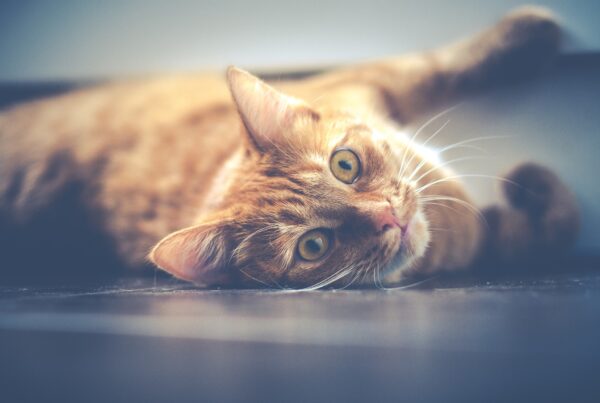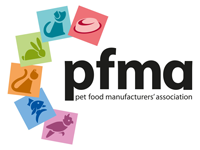
Feb 5
CHANGING YOUR DOG’S DIET
Whether changing your dog's diet for health reasons or because they have…
May 12
A Guide to ferret breeding
We are now entering peak ferret breeding season. If you are considering…
Apr 21
Hip Dysplasia in Dogs
Although hip dysplasia can go undetected in dogs who are fortunate enough…



